Making DIY Handmade Doormats for Your Home
Are you tired of the same old boring doormats that everyone seems to have? Want to add a splash of personality to your home right from the entrance? Well, you're in luck! Making your own handmade doormat is not only a fun and creative project, but it also allows you to showcase your unique style and make a statement to all who enter. Imagine stepping onto a doormat that reflects your personality, welcomes guests with warmth, and adds a touch of charm to your home. In this article, we will explore the exciting world of DIY doormats, covering everything from choosing the right materials to design ideas that will inspire your creativity.
Creating a DIY doormat can be as simple or as intricate as you want it to be. Whether you prefer a minimalist design or something vibrant and colorful, the possibilities are endless. You might be wondering, "Where do I even start?" Fear not! We will guide you through each step of the process, ensuring you have all the tools and knowledge necessary to craft a stunning piece that not only serves a purpose but also enhances the aesthetic appeal of your home.
Moreover, this endeavor is not just about aesthetics; it’s also about sustainability. We’ll dive into eco-friendly practices that allow you to create a stylish doormat while being kind to the planet. Plus, we’ll share tips on how to maintain your doormat so it remains an eye-catching feature for years to come.
So, roll up your sleeves and unleash your creativity! Let’s transform your entrance into a welcoming space that reflects your taste and personality. Whether you’re a seasoned crafter or a complete novice, this guide will provide you with all the insights you need to make your DIY doormat a reality.
- What materials are best for a DIY doormat? Coir, rubber, and fabric are popular choices, each offering different aesthetics and durability.
- How do I maintain my doormat? Regular cleaning and proper placement can significantly extend the life of your doormat.
- Can I use any type of paint on my doormat? It's best to use outdoor paint or fabric paint that can withstand the elements.
- How can I personalize my doormat? You can use stencils or hand-paint your family name or a welcoming message.
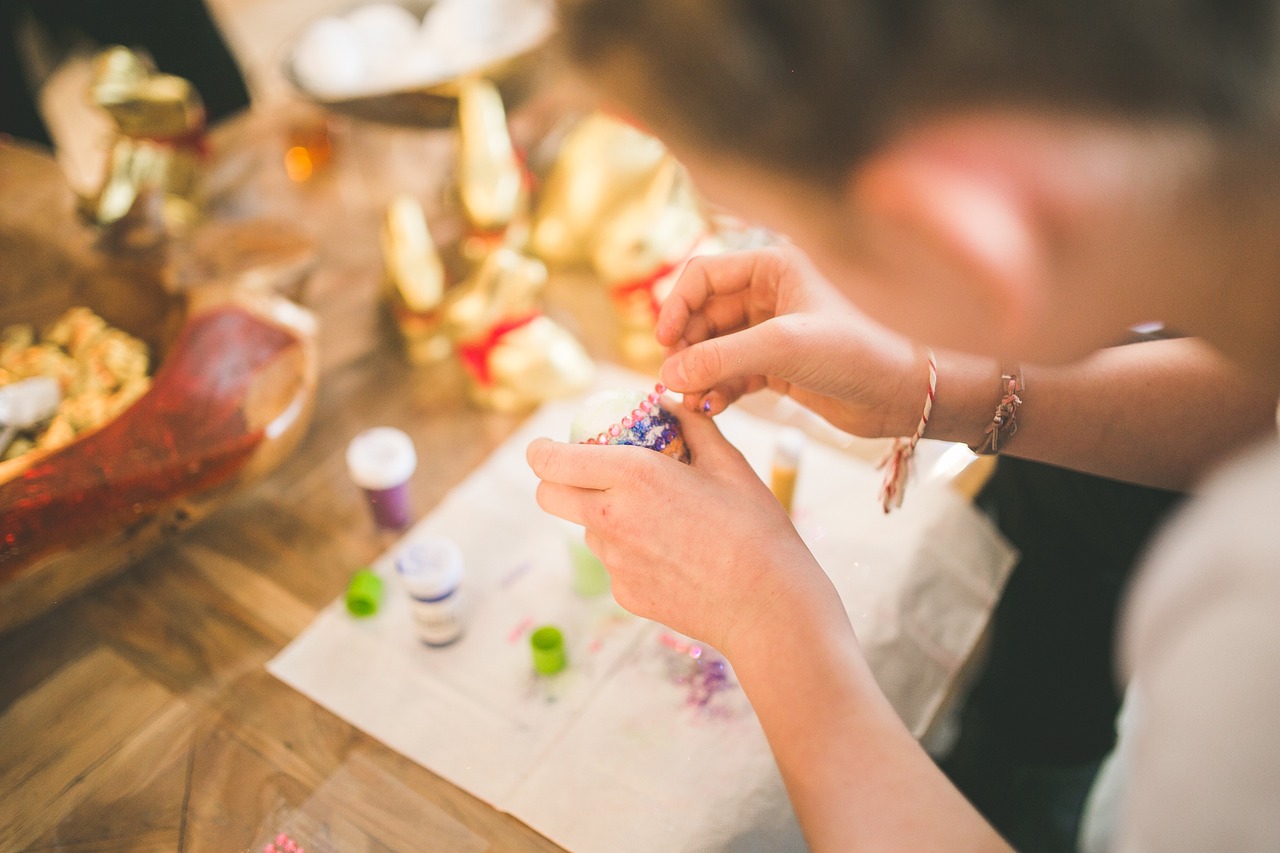
Choosing the Right Materials
When it comes to creating your own DIY handmade doormat, selecting the right materials is not just a matter of preference; it’s a crucial step that impacts both the durability and aesthetic appeal
. Imagine stepping onto a doormat that not only welcomes you but also withstands the wear and tear of daily life. The materials you choose will play a significant role in achieving that vision. Let's dive into some of the most popular options!One of the most common materials for doormats is coir, which is derived from coconut husks. This natural fiber is not only eco-friendly but also exceptionally durable. Coir doormats are excellent at scraping off dirt and mud from shoes, making them perfect for high-traffic areas. Plus, they have a rustic charm that adds character to your entrance.
Another option is rubber, which is often used as a backing for doormats. Rubber mats provide a non-slip surface, ensuring safety, especially in wet conditions. They are also easy to clean and can handle the elements, making them ideal for outdoor use. If you want a doormat that can withstand rain or snow, rubber is a fantastic choice.
If you're leaning towards a more personalized and softer touch, consider using fabric. Fabric doormats can be made from a variety of materials, such as cotton or polyester, and they offer a wide range of design possibilities. You can easily customize them with paint or fabric markers to reflect your style. However, keep in mind that fabric mats may require more maintenance to keep them looking fresh and clean.
| Material | Durability | Maintenance | Best For |
|---|---|---|---|
| Coir | High | Low | High-traffic areas |
| Rubber | Very High | Very Low | Outdoor use |
| Fabric | Medium | High | Indoor use, personalized designs |
In addition to these materials, think about the design and functionality of your doormat. You might want to combine materials—for instance, a coir mat with a rubber backing—to enhance both its durability and aesthetic appeal. The right combination can give your doormat a unique look while ensuring it serves its purpose effectively.
Ultimately, the choice of material will depend on your specific needs and the overall style you want to achieve. Are you looking for something rustic, modern, or perhaps a blend of both? The beauty of DIY crafting is that you have the freedom to experiment and create a doormat that truly reflects your personality and taste.
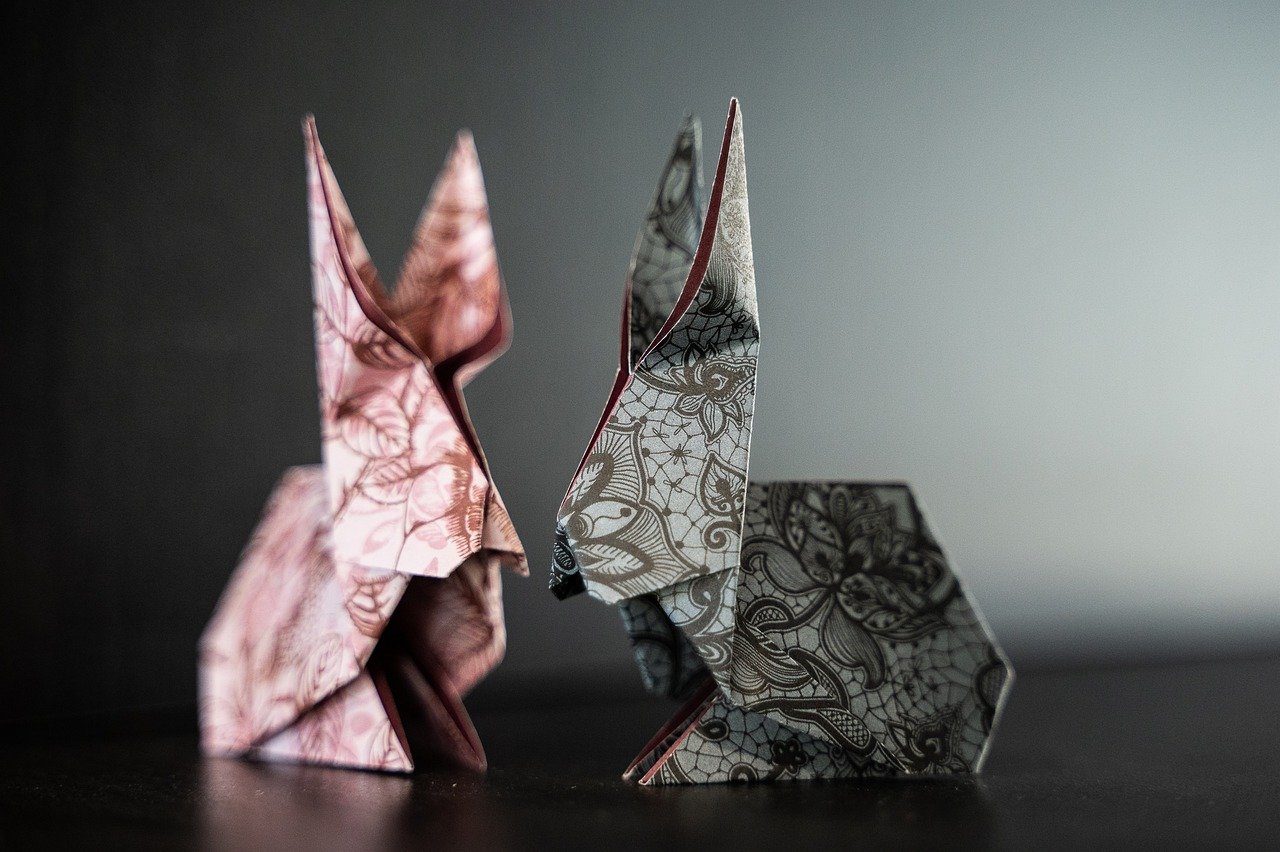
Essential Tools for DIY Doormats
Before diving into the exciting world of DIY doormat creation, it's essential to gather the right tools to ensure a smooth crafting experience. Think of these tools as your trusty sidekicks, ready to help you transform your ideas into a beautiful reality. Having the right equipment not only makes the process easier but also enhances the quality of your final product. So, what do you need? Let's break it down!
First and foremost, you'll need a good pair of scissors or a utility knife. These are your primary cutting tools, crucial for shaping your materials accurately. Whether you're working with coir, rubber, or fabric, a sharp blade will make all the difference in achieving clean edges. Imagine trying to cut through tough material with dull scissors—frustrating, right? So, invest in a quality pair!
Next up is adhesive. Depending on your chosen materials, you might need a strong glue or adhesive spray to keep everything in place. For instance, if you're layering fabric on a rubber base, a fabric adhesive will be your best friend. Just think of it as the glue that binds your creative vision together, literally!
Another crucial tool is stencils. If you want to add some flair to your doormat with letters or designs, stencils will help you achieve that perfect look. You can purchase pre-made stencils or create your own using cardboard. This is where your creativity can truly shine! Imagine the satisfaction of seeing your unique design come to life right at your doorstep.
Don’t forget about a ruler or measuring tape. Precision is key in crafting, especially if you’re aiming for symmetry in your design. A ruler will help you measure out the dimensions of your doormat and any patterns you wish to incorporate. Think of it as the blueprint for your masterpiece!
Finally, a work surface is essential. Whether it’s a sturdy table or a craft mat, having a designated space to work on will keep your project organized and make cleanup easier. You wouldn’t want to create a beautiful doormat only to find your kitchen table covered in glue and scraps, would you?
In summary, here’s a quick rundown of the essential tools you'll need for your DIY doormat project:
- Scissors or utility knife
- Adhesive (glue or spray)
- Stencils for designs
- Ruler or measuring tape
- Work surface
With these tools in hand, you're well on your way to crafting a stunning doormat that reflects your personality and welcomes guests with style. Remember, the right tools not only make the job easier but also add to the joy of creating something uniquely yours. So gather your supplies, unleash your creativity, and let’s get crafting!
Q: Can I use any type of glue for my doormat?
A: It's best to use a strong adhesive suited for the materials you are working with. For fabric, a fabric adhesive works well, while rubber may require a specific rubber adhesive.
Q: What if I don’t have stencils?
A: No worries! You can create your own stencils using cardboard or even print designs from the internet and cut them out.
Q: How do I clean my handmade doormat?
A: Regularly shake it out to remove dirt and debris. For deeper cleaning, use a damp cloth with mild soap, but avoid soaking the mat.
Q: Are there eco-friendly options for materials?
A: Absolutely! Look for natural fibers like coir or recycled rubber, and consider using non-toxic adhesives to create a more sustainable product.
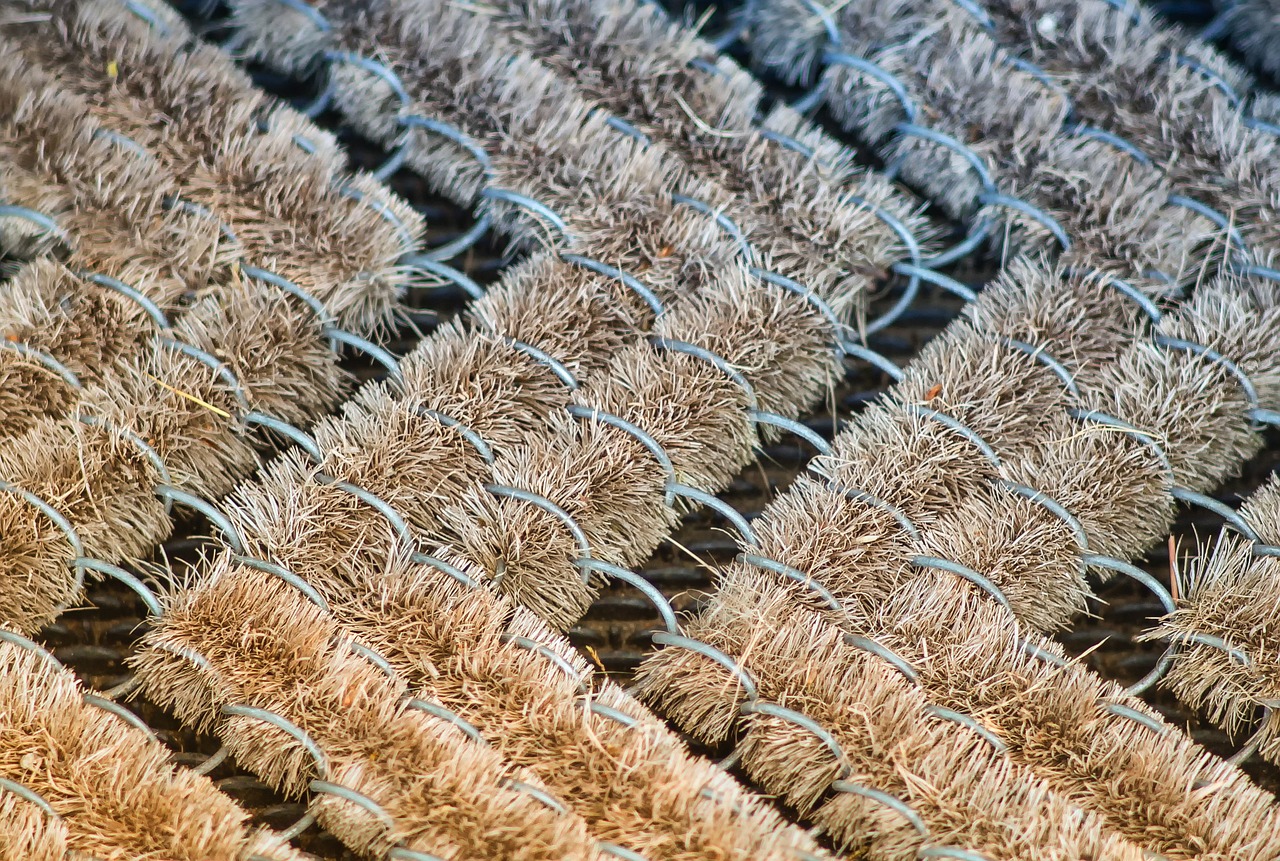
Design Ideas for Your Doormat
When it comes to designing your DIY doormat, the sky's the limit! Your doormat isn't just a piece of decor; it's the first thing guests see when they visit your home. So why not make it a reflection of your personality? Whether you prefer a minimalist look or something more vibrant and eye-catching, there are countless ways to express your style. Here are some creative themes and patterns you can consider:
For a minimalist approach, think about using simple geometric shapes or a monochromatic color palette. A doormat featuring a single, bold shape can create a striking entrance without overwhelming your space. Imagine a sleek black mat with a white triangle or a subtle gray mat adorned with a delicate dot pattern. These understated designs can add a touch of elegance to any doorway.
If you're looking for something more colorful, consider a playful graphic design. Bright colors and fun patterns can instantly uplift your entryway. You might choose to paint or stencil a whimsical design, like a cheerful sunflower or a quirky animal. This can be especially fun if you have kids or pets, as it adds a touch of joy and warmth to your home. You can even incorporate seasonal designs—think pumpkins in the fall or snowflakes in the winter—to keep things fresh and exciting throughout the year.
Another fantastic idea is to incorporate text or quotes onto your doormat. A warm welcome like "Home Sweet Home" or a cheeky phrase such as "Wipe Your Paws" can set the tone for your home. Using stencils, you can easily add your favorite sayings or even your family name to personalize your mat. This not only makes your entrance feel more inviting but also gives it a unique touch that reflects your family’s character.
Don't forget about nature-inspired designs! Floral patterns, leaf motifs, or even a rustic wood pattern can bring a bit of the outdoors inside. If you enjoy gardening, a doormat featuring your favorite flower or plant can be a lovely nod to your passion. Plus, these designs can often be achieved with natural materials, adding to the eco-friendly aspect of your project.
Lastly, consider creating a themed doormat that reflects your interests or hobbies. Are you a beach lover? A mat with waves or seashells could be perfect. A doormat that showcases your love for travel could feature a world map or famous landmarks. The possibilities are endless, and this is a great way to spark conversations with your guests!
In summary, your doormat can be a canvas for creativity. By choosing a design that resonates with you, you not only enhance your home's curb appeal but also create a warm and welcoming atmosphere. So grab your materials, unleash your imagination, and start crafting a doormat that truly represents you!
Q: What materials are best for designing my doormat?
A: The best materials include coir, rubber, and fabric, each offering different aesthetic and durability benefits.
Q: Can I use paint on my doormat?
A: Yes! Use outdoor paint or fabric paint to ensure it withstands the elements and maintains its vibrant colors.
Q: How can I make my doormat last longer?
A: Regular cleaning and using a sealant can help protect your doormat from wear and tear.
Q: Can I personalize my doormat with my family name?
A: Absolutely! Stenciling your family name or a welcome message is a great way to make your doormat unique.

Step-by-Step Guide to Crafting
Creating your own DIY handmade doormat can be an incredibly rewarding experience. Not only do you get to express your creativity, but you also end up with a unique piece that adds character to your home. So, let’s roll up our sleeves and dive into the step-by-step process of crafting your very own doormat!
First things first, gather your materials. You’ll need your chosen base—be it coir, rubber, or fabric—as well as paints, stencils, and any embellishments you want to incorporate. Having everything on hand will streamline your crafting process and keep the creative juices flowing. Here’s a quick overview of what you might need:
| Material | Purpose |
|---|---|
| Coir Mat | Durable base for painting or stenciling |
| Rubber Mat | Weather-resistant and easy to clean |
| Fabric | Soft, customizable surface for various designs |
| Paint | For adding color and designs |
| Stencils | To create patterns or letters easily |
Once you have your materials ready, it’s time to plan your design. Think about what you want your doormat to convey. Is it a warm “Welcome” message, or perhaps a quirky saying that reflects your personality? Sketching your design on paper helps visualize how it will look on the mat. You can even use online tools to create a mock-up if you prefer digital design.
Now, let’s talk about the actual crafting. Start by cutting your base to the desired size if necessary. If you’re using a coir mat, you might need a utility knife for this. Once you have your base ready, it’s time to apply the design. If you’re using stencils, secure them in place with tape to prevent any slipping while you paint. For those who are feeling adventurous, freehand painting can add a unique touch!
When painting, remember to apply thin layers and allow each coat to dry before adding another. This not only helps in achieving a vibrant finish but also prevents the paint from running. If you’re using fabric, consider using fabric paint to ensure durability. Once your design is complete and dry, it’s time to add any final touches, such as embellishments or a protective sealant for extra longevity.
After you’ve crafted your masterpiece, clean up your workspace. This is crucial because it helps maintain a tidy environment for future projects. Plus, you’ll want to admire your handiwork without the clutter distracting you!
Lastly, don’t forget to show off your creation! Place your doormat in a prominent location where guests can see it right away. You’ve put in the effort, and it deserves to shine! Remember, crafting is not just about the end product; it’s about the joy and satisfaction you get from the process.
- How long does it take to make a DIY doormat? Depending on the complexity of your design, crafting a doormat can take anywhere from a few hours to a couple of days, especially if you allow for drying time.
- Can I use regular paint for my doormat? It’s best to use paint that’s specifically designed for outdoor use or fabric paint for fabric mats to ensure durability against the elements.
- How do I clean my handmade doormat? Regularly shaking it out or vacuuming is a great start. For deeper cleaning, use mild soap and water, then let it dry completely before placing it back.
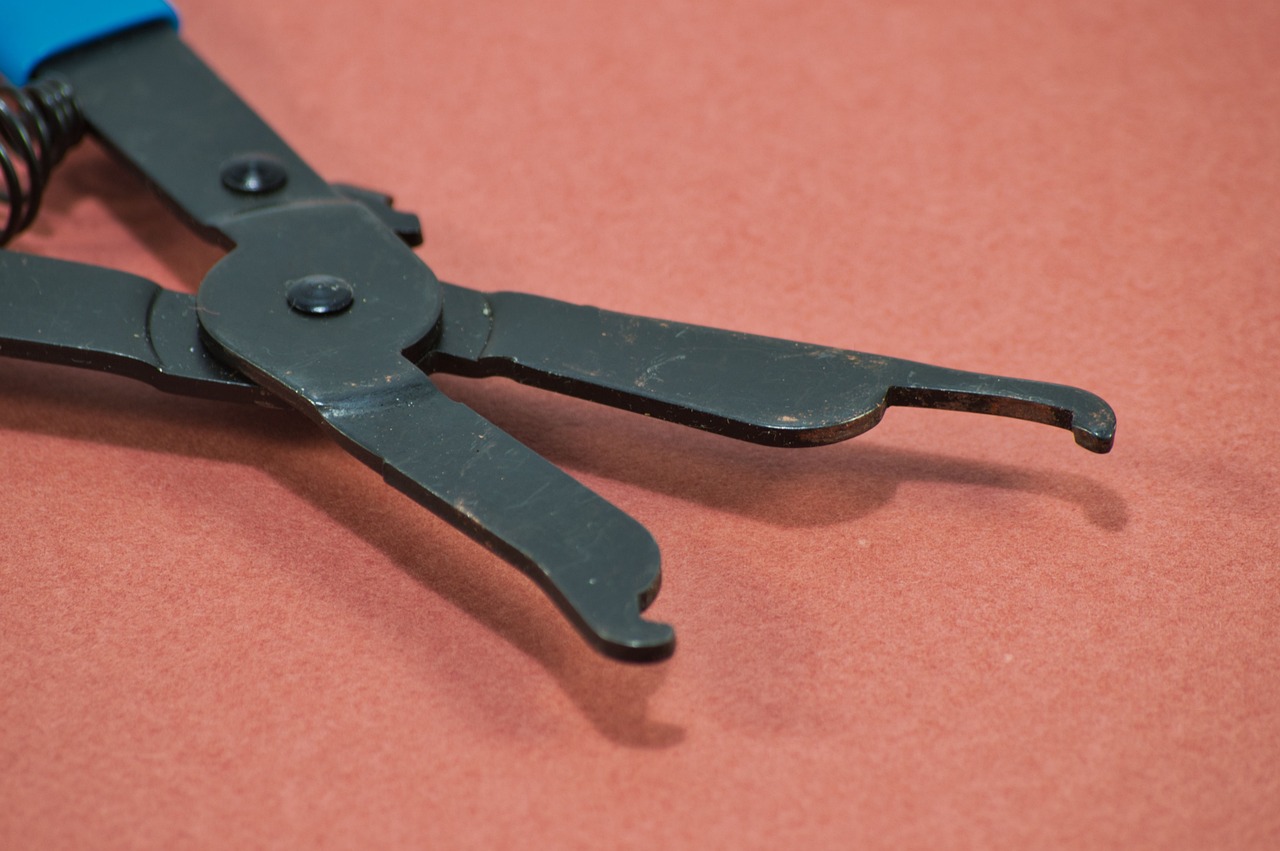
Maintenance Tips for Longevity
Creating a beautiful handmade doormat is just the beginning; keeping it looking fresh and inviting is the next challenge! Regular maintenance is key to ensuring that your doormat remains a stunning focal point at your entrance. Think of it like taking care of a garden: a little effort goes a long way in preserving its beauty. Here are some essential tips to help you maintain your DIY doormat:
First and foremost, regular cleaning is essential. Depending on the materials used, you might find that a simple shake or a gentle brush can remove dirt and debris. For coir doormats, a stiff-bristled broom or a vacuum with a brush attachment can do wonders. If your doormat is made of fabric, consider spot-cleaning with mild soap and water. Just remember to avoid harsh chemicals that could damage the fibers.
Another important aspect is protection from the elements. If your doormat is exposed to rain or snow, it’s wise to bring it inside during inclement weather. This simple step can prevent mold and mildew from forming, which is especially crucial for fabric-based mats. If you notice any signs of dampness, make sure to dry it out completely to maintain its shape and integrity.
Additionally, rotate your doormat periodically. This helps to ensure even wear and tear, especially if you have a high-traffic area. By changing the position of your mat every few months, you’ll prevent certain areas from becoming overly worn while keeping your entrance looking fresh and appealing.
Lastly, consider using a protective spray designed for the materials of your doormat. Many sprays can provide a water-resistant barrier, making it easier to clean and maintain. Just be sure to test any spray on a small, inconspicuous area first to ensure it doesn’t alter the color or texture of your mat.
In summary, maintaining your handmade doormat involves a combination of regular cleaning, protection from the elements, periodic rotation, and possibly the use of protective sprays. By following these tips, you can ensure that your doormat not only enhances your home’s entrance but also lasts for years to come, welcoming guests with style and charm.
- How often should I clean my doormat? It's recommended to clean your doormat at least once a month, or more frequently if it’s in a high-traffic area.
- Can I use bleach to clean my doormat? It's best to avoid bleach, especially on colored mats, as it can cause fading and damage. Stick to mild soap and water instead.
- What should I do if my doormat gets wet? If your doormat gets wet, dry it out completely in a well-ventilated area to prevent mold and mildew.
- Is it okay to leave my doormat outside year-round? It depends on the material. Coir and rubber mats can generally withstand the elements, but fabric mats should be brought indoors during harsh weather.
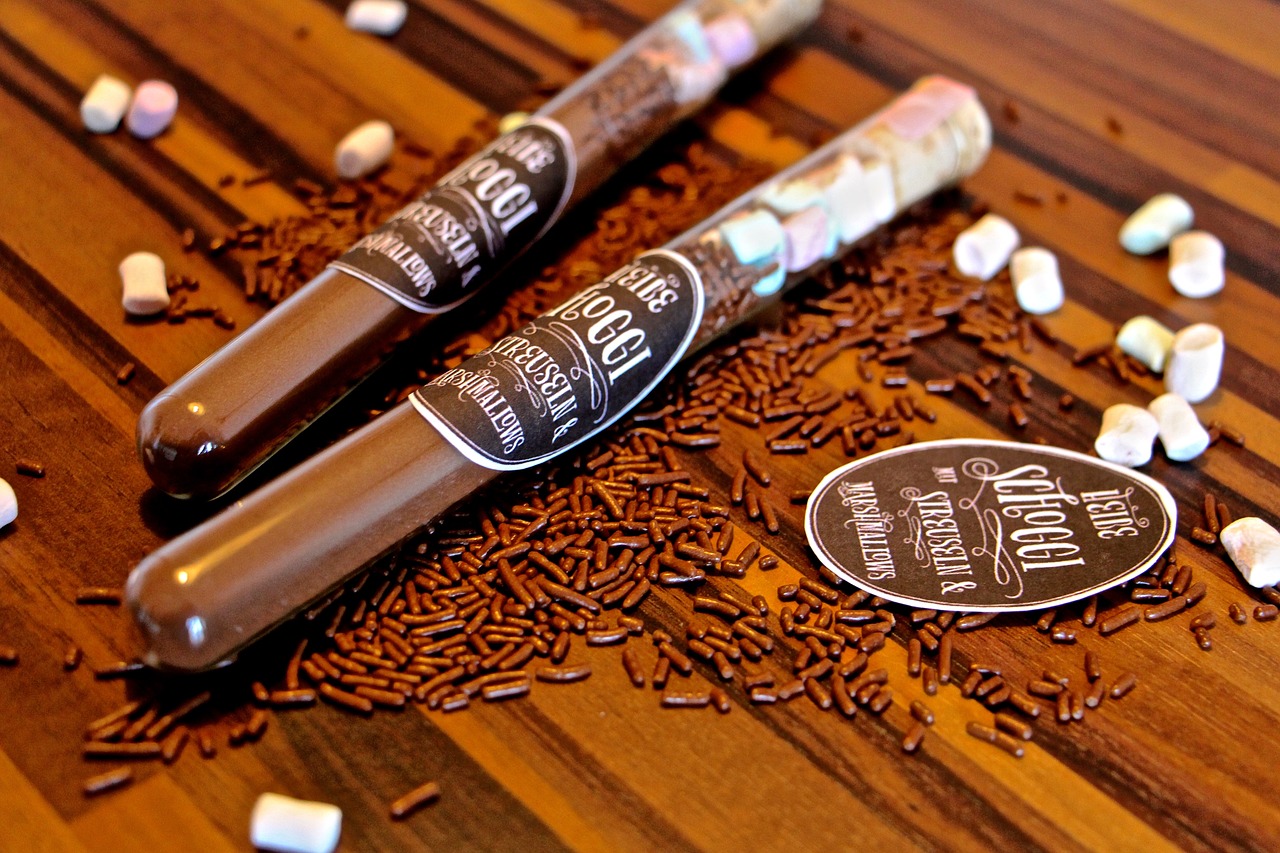
Incorporating Eco-Friendly Practices
In today's world, embracing sustainability is more than just a trend; it's a necessity. When it comes to creating your own DIY handmade doormats, incorporating eco-friendly practices not only benefits the planet but also gives your project a unique flair. By choosing sustainable materials and methods, you can craft a doormat that reflects your personal style while being kind to the environment.
First, consider the materials you use. Traditional doormats often consist of synthetic fibers that can harm the environment. Instead, opt for natural materials like coir (made from coconut husks), jute, or even recycled rubber. Coir is not only durable but also biodegradable, making it an excellent choice for eco-conscious crafters. Jute is another fantastic alternative that is both strong and sustainable, perfect for a rustic look.
Additionally, think about the paints and adhesives you choose. Many commercial paints contain harmful chemicals that can release toxins into the air. Look for non-toxic, water-based paints that are free from volatile organic compounds (VOCs). These options are not only safer for you and your family but also better for the environment. When it comes to adhesives, consider using natural glue alternatives or plant-based adhesives that have minimal environmental impact.
Another eco-friendly practice is to upcycle materials you already have at home. Old fabric scraps, discarded rugs, or even leftover wood can be transformed into beautiful doormats. This not only reduces waste but also allows for a more personalized design that tells your unique story. Imagine creating a doormat from an old pair of jeans or a vintage tablecloth – the possibilities are endless!
When you're finished crafting, think about how you can maintain your doormat sustainably. Regular cleaning is essential, but instead of using harsh chemical cleaners, opt for natural solutions like vinegar and baking soda. These ingredients are effective and environmentally friendly, ensuring your doormat stays fresh without harming the planet.
Incorporating eco-friendly practices into your DIY doormat project is not just about the materials you choose; it’s about fostering a mindset of sustainability. By making conscious decisions, you not only create a beautiful and functional piece for your home but also contribute to a healthier planet. So, as you embark on this creative journey, remember that every small step counts towards a greener future!
- What materials are best for eco-friendly doormats? Natural fibers like coir, jute, and recycled rubber are excellent choices.
- Can I use regular paint on my doormat? It's better to use non-toxic, water-based paints to avoid harmful chemicals.
- How do I clean my eco-friendly doormat? Use natural cleaners like vinegar and baking soda for effective cleaning.
- Is upcycling really beneficial? Yes! Upcycling reduces waste and allows for unique, personalized designs.
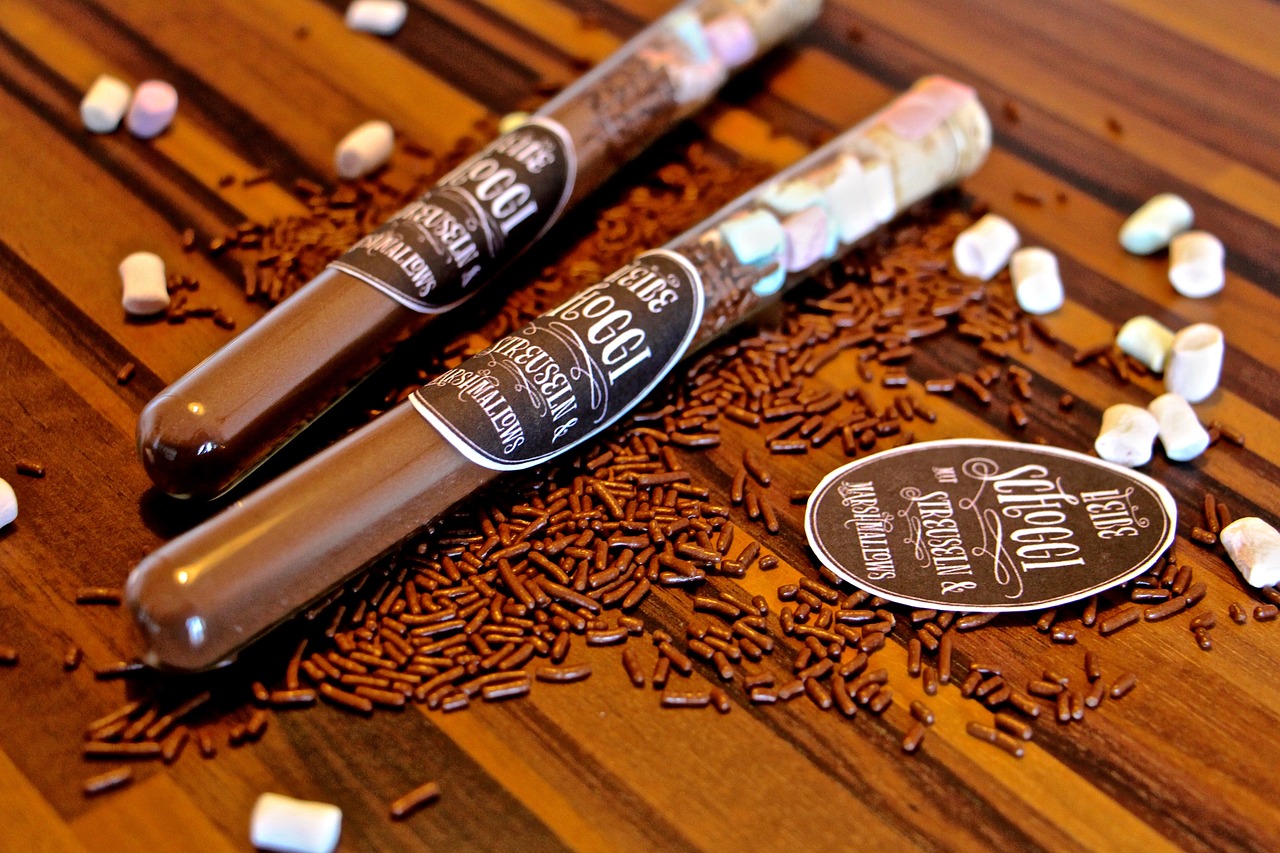
Personalizing with Family Names or Messages
Personalizing your DIY doormat with family names or welcome messages is a fantastic way to add a unique touch to your home's entrance. Imagine stepping onto a doormat that not only serves a functional purpose but also greets you and your guests with a warm, personalized message. This simple addition transforms your entryway from ordinary to extraordinary, creating a welcoming atmosphere right from the start.
When it comes to personalization, the options are endless! You can opt for your family name, a fun phrase, or even a seasonal greeting. Think about what resonates with you and your family. For instance, a doormat that says "Welcome to the Smiths" instantly conveys a sense of belonging, while something playful like "Home Sweet Home" adds a touch of charm.
To achieve this, you can use various techniques. One popular method is to utilize stencils. Stencils allow you to create clean, professional-looking designs without the mess. Simply cut out your chosen words or phrases from a sturdy material, secure them to your doormat, and apply outdoor paint for a lasting finish. Alternatively, you could use vinyl decals that can be easily applied and removed, giving you the flexibility to change your design with the seasons or your mood.
If you're feeling particularly artistic, consider hand-painting your design. This method can be a little more challenging but offers a unique and personal touch. You might even want to involve the whole family in the painting process, turning it into a fun weekend project. Just remember to use weather-resistant paint to ensure your masterpiece withstands the elements!
Here’s a quick table summarizing different personalization techniques for your doormat:
| Technique | Description | Pros | Cons |
|---|---|---|---|
| Stenciling | Using pre-made or custom stencils to paint letters onto the doormat. | Clean lines, reusable stencils. | Requires careful placement. |
| Vinyl Decals | Applying adhesive vinyl letters or phrases. | Easy to apply, removable, and changeable. | May peel over time if not applied correctly. |
| Hand-Painting | Freehand painting your design onto the mat. | Unique and personal touch. | Time-consuming and requires artistic skill. |
Whatever method you choose, the key is to ensure that your doormat reflects your personality and style. A personalized doormat not only enhances your home's curb appeal but also makes a statement about who lives inside. So, whether you go with a classic family name or a quirky saying, make it count!
In conclusion, adding a personal touch to your doormat is a delightful way to express yourself and make your home feel even more inviting. So grab your materials, unleash your creativity, and let your doormat tell your family's story!

Where to Display Your Handmade Doormat
When it comes to showcasing your beautiful handmade doormat, the placement is just as important as the design itself. Think of your doormat as the first impression your home makes on guests. The right location can enhance its visibility and functionality, making your entrance not only inviting but also a reflection of your personal style.
Generally, the best spot for your doormat is right at the front door. This is where guests will naturally arrive, and having a stylish doormat there sets the tone for their visit. However, don’t limit yourself to just the front entrance! Consider these alternative locations:
- Back Door: If your home has a back entrance that is frequently used, placing a doormat there can help keep dirt and debris from being tracked inside.
- Patio or Deck: A doormat on your outdoor patio can serve as a decorative element while also providing a practical function, especially if you have frequent gatherings.
- Garage Entry: If you enter your home through the garage, consider placing a doormat there to catch any dirt before entering your living space.
- Inside the Door: Placing a doormat just inside the door can be a great way to catch any remaining dirt and moisture, protecting your floors.
In addition to these common locations, think about how your doormat can complement your home’s overall aesthetic. For instance, if you have a garden path, a doormat placed at the start of the path can create a welcoming atmosphere right from the get-go. Similarly, if you have a mudroom or entryway, consider using a doormat that matches the decor of that space to create a cohesive look.
Another fun idea is to place a doormat in less conventional areas, such as in front of your pet's entrance or in a hallway where guests might pause. This not only adds a touch of personality but also ensures that your doormat gets the attention it deserves.
Ultimately, the key is to choose a location that not only enhances the beauty of your handmade doormat but also serves its practical purpose. By thoughtfully considering where to display your doormat, you can create a warm and inviting entryway that reflects your unique style and welcomes guests into your home.
Q: How do I clean my handmade doormat?
A: Depending on the materials used, most handmade doormats can be shaken out or vacuumed regularly. For deeper cleaning, check the care instructions specific to the materials, and consider spot cleaning with mild soap and water.
Q: Can I use my doormat outdoors?
A: Yes, many doormats are designed for outdoor use. However, ensure that the materials you choose are weather-resistant to prevent damage from rain or sun exposure.
Q: How can I personalize my doormat?
A: You can personalize your doormat by adding family names, welcome messages, or even custom designs using stencils or fabric paint. This adds a special touch that makes your doormat uniquely yours!
Q: What materials are best for a doormat?
A: Coir, rubber, and outdoor fabric are popular choices for doormats due to their durability and ability to withstand outdoor elements. Choose materials that align with your style and the conditions of your entryway.
Frequently Asked Questions
- What materials should I use for my DIY doormat?
Choosing the right materials is essential for both durability and aesthetics. Common options include coir, which is great for outdoor use, rubber for added grip and weather resistance, and fabric for a softer look. Each material has its unique benefits, so consider where you’ll place your doormat and the look you want to achieve.
- What tools do I need to make a doormat?
Before diving into your DIY project, gather essential tools like scissors, adhesive, stencils, and perhaps a paintbrush if you’re planning to paint. Having these tools at hand will make your crafting experience smoother and more enjoyable!
- Can I customize my doormat with a family name or message?
Absolutely! Personalizing your doormat with your family name or a welcoming message adds a unique touch. You can use stencils or freehand your design with paint or fabric markers. This customization not only showcases your style but also makes your home feel more inviting.
- How do I maintain my handmade doormat?
To keep your doormat looking fresh and new, regular maintenance is key. Simple steps like vacuuming to remove dirt, spot cleaning stains, and air drying it when wet can significantly extend its life. Remember, a little care goes a long way!
- Where is the best place to display my doormat?
Choosing the right location for your doormat can enhance both its functionality and aesthetic appeal. Ideal spots include your front porch, entryway, or back door. Make sure it’s visible and accessible, so guests can easily wipe their feet before entering your home.
- Are there eco-friendly options for making doormats?
Yes! If sustainability is a priority for you, consider using eco-friendly materials like recycled rubber or natural fibers such as jute or sisal. Additionally, using non-toxic paints and adhesives will help you create a stylish doormat that’s also kind to the environment.
- What design ideas can I use for my doormat?
The possibilities are endless! You can go for minimalist styles with simple patterns, or opt for colorful graphics that reflect your personality. Themes like seasonal motifs, quotes, or even family crests can really make your doormat stand out and showcase your unique taste.



















